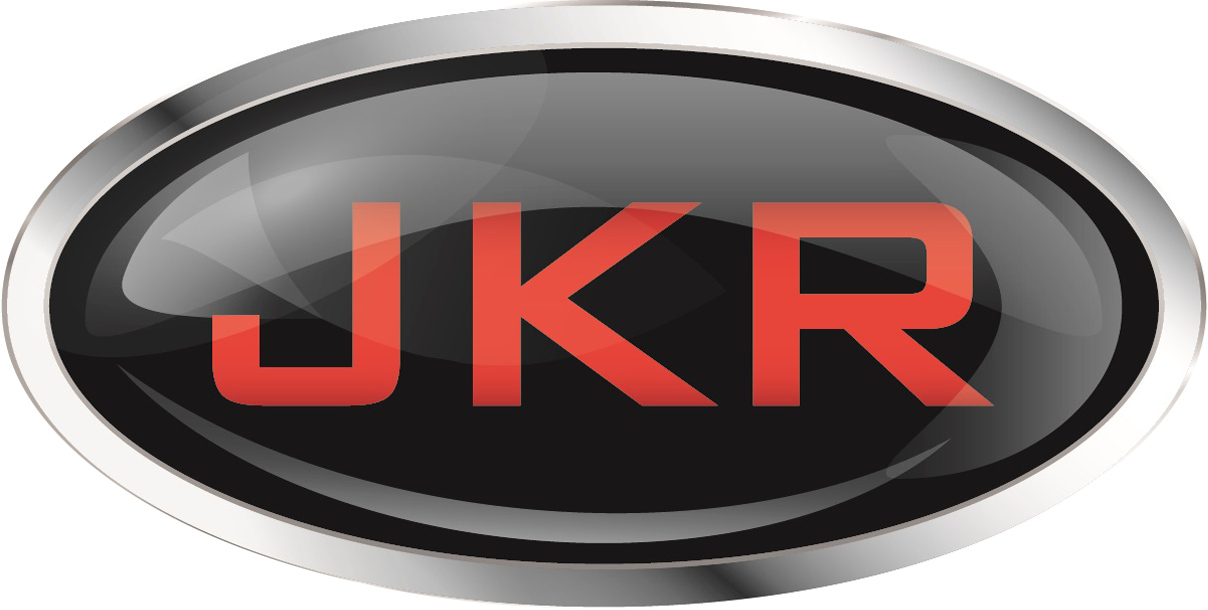Automotive Accessories an Often Untapped Profit Source
 Automotive accessories are an often overlooked opportunity for additional profit at car dealerships nationwide. No matter what vehicle brand a dealership sells, there is an incredible variety of accessories from which to choose on today’s new cars. You name it, it’s available … safety items, performance packages, comfort features … these, and a lot more, can be bought.
Automotive accessories are an often overlooked opportunity for additional profit at car dealerships nationwide. No matter what vehicle brand a dealership sells, there is an incredible variety of accessories from which to choose on today’s new cars. You name it, it’s available … safety items, performance packages, comfort features … these, and a lot more, can be bought.
I’ve been in automotive advertising in one form or another a good while, and I have been at many dealership locations throughout the country. During that time it has always struck me that there is a significant difference in the emphasis (or lack thereof) placed on accessories.
On one hand, you have the dealer who has a few accessories hidden away in the parts department, along with a couple catalogs from which customers can order specialty items for their cars. On the other hand, you have a dealer who adorns his showroom with accessory-loaded vehicles … with a specialized automotive accessories department where customers can see and touch some of the items available for their cars (and subsequently envision them on their car). Most dealerships lie somewhere in the middle.
There are Big Bucks in Automotive Accessories
While doing some research on another topic, I came across a Ward’s Auto article that supported my theory of accessories being an underutilized way for many dealerships to realize additional profits. It said that the aftermarket automotive accessories business is a $36 billion per year industry. I knew there was a lot of money to be made there, but the magnitude of that number really surprised me. Let that sink in for a moment. Thirty-six billion; that’s “billion,” with a “b.” Why would any automotive dealer not want a piece of that pie?
That leads us to the big question: Why are dealerships falling short when it comes to selling automotive accessories? It could be a sales force lacking the knowledge or desire to sell them. It also might be that there is no specific accessories department at the dealership … or only one person at the dealership is trained in accessories and he/she wasn’t available at the time of the sale. Whatever the case, it all adds up to one thing: the customer was never led to them, so there was never any opportunity for an additional sale.
What should a dealership be doing? There’s one particular dealership here in my own backyard in Central Florida that has gotten it right, in my opinion. When you enter their showroom there are several customized cars, which immediately makes them different from the other nearby dealerships selling the same brand. In addition, they have a large area earmarked for accessories only, stocked with a generous amount of selections for almost every vehicle they sell. There are OEM and aftermarket accessories on display … and the parts manager does a sufficient amount of research that he knows which accessories to keep on hand. They also have specially trained service technicians capable of installing any product they sell. Oh, and they also have a link to their parts department on their Web site, too. Why? They understand that the more places they’re available, the larger the likelihood a customer will find them. They know that just having the parts at their store isn’t enough … you have to let people know they’re there … and as an added bonus, the Web option opens them up to new market – specifically, customers who aren’t local.
How is Your Dealership Set Up?
Recent Forester research found that only 39 percent of automotive salespeople took the time to even attempt to sell accessories to their clients. Worse yet, only half of the country’s dealerships had vehicles with accessories on their showroom floor.
When $36 billion in automotive accessories are being sold every year, there can be no doubt there is a huge demand for them. Customers are obviously buying them from somewhere. Why shouldn’t that somewhere be your dealership?

